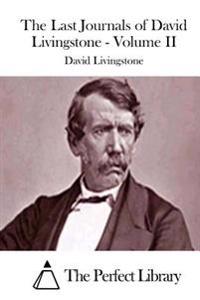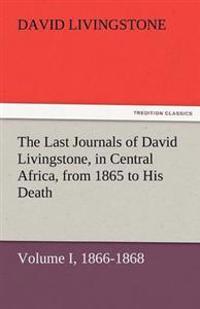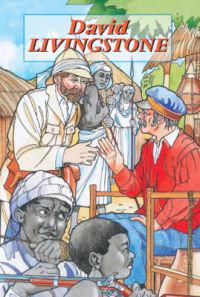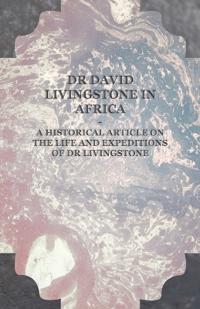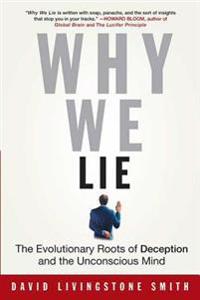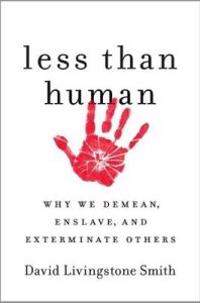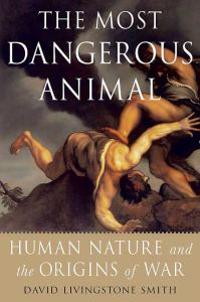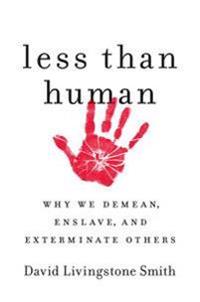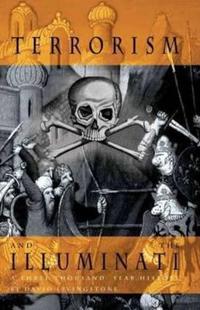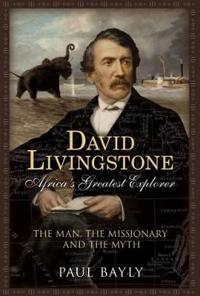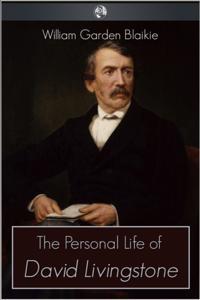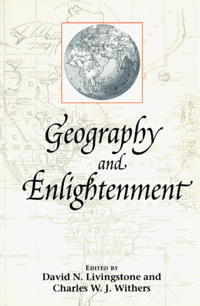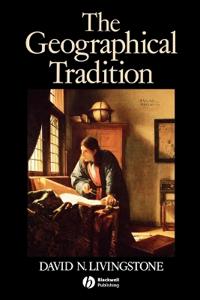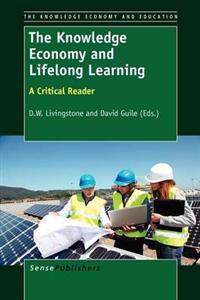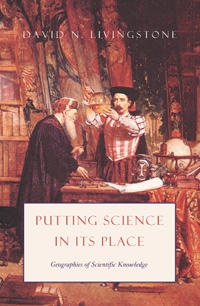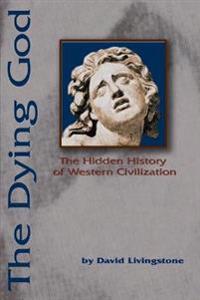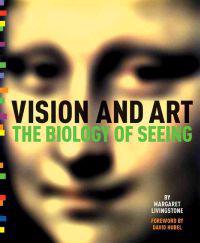The Last Journals of David Livingstone - Volume II (Häftad)
avDavid Livingstone, The Perfect Library
ISBN: 9781512062168 - UTGIVEN: 2015-05The Last Journals of David Livingstone, in Central Africa, from 1865 to His Death, Volume I (of 2), 1866-1868 (Häftad)
avDavid Livingstone
ISBN: 9783842482111 - UTGIVEN: 2011-12David Hockney (Pocket)
avMarco Livingstone, David Hockney, Marco Livingstone
ISBN: 9780500202913 - UTGIVEN: 1996-02The relationship between art and life has been of overriding importance in the work of David Hockney. This study traces these connections from the beginning of the artist's career in the early 1960s through to the more recent works that have contributed to Hockney's international reputation. These i[...]
Dr David Livingstone in Africa - A Historical Article on the Life and Expeditions of Dr Livingstone (häftad)
ISBN: 9781447409908 - UTGIVEN: 2011-05Why We Lie: The Evolutionary Roots of Deception and the Unconscious Mind (Häftad)
avDavid Livingstone Smith
ISBN: 9780312310400 - UTGIVEN: 200708Deceit, lying, and falsehoods lie at the very heart of our cultural heritage. Even the founding myth of the Judeo-Christian tradition, the story of Adam and Eve, revolves around a lie. Our seemingly insatiable appetite for stories of deception spans the extremes of culture from "King Lear" to Little[...]
Less Than Human (Inbunden)
avDavid Livingstone Smith
ISBN: 9780312532727 - UTGIVEN: 201103'Brute.' 'Cockroach.' 'Lice.' 'Vermin.' 'Dog.' 'Beast.' These and other monikers are constantly in use to refer to other humans - for political, religious, ethnic, or sexist reasons. Human beings have a tendency to regard members of their own kind as less than human. This tendency has made atrocitie[...]
The Most Dangerous Animal (Pocket)
avDavid Livingstone Smith
ISBN: 9780312537449 - UTGIVEN: 200902This is the most important post-9/11 analysis of war and it comes none too soon. Every politician should read this book before deciding on war. In the 20th century, 170 million human beings have died in wars. That makes 4630 casualties a day, 193 every hour, and 3 every minute. While 1035 billion do[...]
The Life and African Exploration of David Livingstone (Häftad)
ISBN: 9780815412083 - UTGIVEN: 2002-05During his travels as a missionary, David Livingstone beheld many previously unknown wonders of the African interior. He put Victoria Falls and Lake Ngami on the map, and was the first white man to cross the African continent. Diaries, reports and letters are combined to create a wonderful narration[...]
Missionary Travels and Researches in South Africa (Pocket)
avDavid Livingstone
ISBN: 9781108010016 - UTGIVEN: 2010-11This absorbing narrative by the world famous explorer and Christian missionary, David Livingstone, (1813-1873) was first published in 1857 after the President of the Royal Geographical Society asked Livingstone to give a series of public lectures on his travels in Africa. The book was a great succes[...]
Less Than Human (Häftad)
avDavid Livingstone Smith
ISBN: 9781250003836 - UTGIVEN: 201203"Brute." "Cockroach." "Lice." "Vermin." People often regard members of their own kind as less than human, and use terms like these for those whom they wish to harm, enslave, or exterminate. Dehumanization has made atrocities like the Holocaust, the genocide in Rwanda, and the slave trade possible. B[...]
David Livingstone (Pocket)
avJanet Benge, Geoff Benge, Janet Benge
ISBN: 9781576581537 - UTGIVEN: 1999-07Terrorism & the Illuminati (Inbunden)
avDavid Livingstone
ISBN: 9781615773060 - UTGIVEN: 201111A three thousand year history of the occult, and its relationship with the phenomenon of terrorism, for the purposes of fomenting a Clash of Civilisations and a "New World Order". Islam is no threat to the West. On the contrary, Islamic terrorism is a phantom created to serve Western imperialistic g[...]
Nineteenth-Century Explorers: From Lewis and Clark to David Livingstone (Inbunden)
ISBN: 9781622750214 - UTGIVEN: 2013-07David Livingstone Africa's Greatest Explorer
ISBN: 9781781553336 - UTGIVEN: 2014-04In 1841, a twenty-eight-year-old Scottish missionary, David Livingstone, began the first of his exploratory treks into the African veldt. During the course of his lifetime, he covered over 29,000 miles uncovering what lay beyond rivers and mountain ranges where no other white man had ever been. Livi[...]
Personal Life of David Livingstone
ISBN: 9781781664483 - UTGIVEN: 2015-06A biography of the personal life of Doctor David Livingstone, the pioneering medical missionary.
Geography and Enlightenment (Pocket)
avDavid N. (EDT) Livingstone, Charles W. J. (EDT) Withers, David N. (EDT) Livingstone
ISBN: 9780226487212 - UTGIVEN: 1999-12Explores both the Enlightenment as a geographical phenomenon and the place of geography in the Enlightenment. From disciplinary and topical perspectives, contributors consider the many ways in which the world of the long 18th century was brought to view and shaped through map and text, exploration a[...]
The Geographical Tradition: Episodes in the History of a Contested Enterprise (Häftad)
avDavid N. Livingstone, Livingstone
ISBN: 9780631185864 - UTGIVEN: 199301This is the first intellectual history of a subject which over the last five centuries has played a significant role in the development of Western civilization. The author describes the activities of the explorers and map-makers of Renaissance and early modern Europe; the role of geography during th[...]
The Knowledge Economy and Lifelong Learning (Pocket)
avD. W. (EDT) Livingstone, David (EDT) Guile, D. W. (EDT) Livingstone
ISBN: 9789460919138 - UTGIVEN: 2012-04Putting Science in Its Place (Inbunden)
avDavid N. Livingstone
ISBN: 9780226487229 - UTGIVEN: 200310Establishing the fundamental importance of geography in both the generation and the consumption of scientific knowledge, this work does so with historical examples of the many places where science has been practised.[...]
A Practical Guide to Scientific Data Analysis (Övrig)
avDavid N. Livingstone
ISBN: 9780470017913 - UTGIVEN: 2010-01-31A Practical Guide to Scientific Data Analysis (Inbunden)
avDavid N. Livingstone
ISBN: 9780470851531 - UTGIVEN: 2009-11-30A practical handbook aimed at the working scientist, it covers the application of statistical and mathematical methods to the design of "performance" chemicals, such as pharmaceuticals, agrochemicals, fragrances, flavours and paints. This volume will have wide appeal, not only to chemists, but bioch[...]
Vision and Art (Häftad)
avMargaret Livingstone, David Hubel
ISBN: 9780810995543 - UTGIVEN: 200803We recognize the artistry of Mona Lisa's elusive smile, but is there an underlying science? In this groundbreaking study, Harvard neurobiologist Margaret Livingstone explains how vision works. She tells us how great painters fool the brain: why Mona Lisa's smile seems so mysterious, Monet's "Poppy F[...]

